Filter by
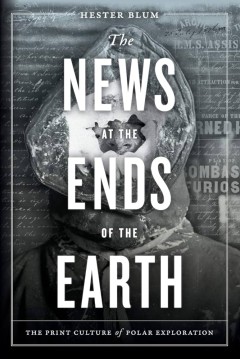
The News at the Ends of the Earth : The Print Culture of Polar Exploration
From Sir John Franklin's doomed 1845 search for the Northwest Passage to early twentieth-century sprints to the South Pole, polar expeditions produced an extravagant archive of documents that are as varied as they are engaging. As the polar ice sheets melt, fragments of this archive are newly emergent. In The News at the Ends of the Earth Hester Blum examines the rich, offbeat collection of pri…
- Edition
- -
- ISBN/ISSN
- 9781478003229
- Collation
- 328 halaman
- Series Title
- -
- Call Number
- 800 BLU m
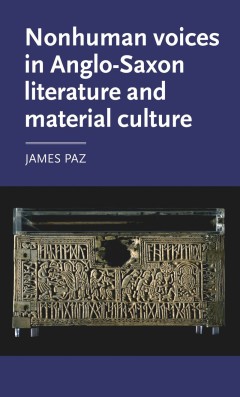
Nonhuman voices in Anglo-Saxon literature and material culture
"Anglo-Saxon ‘things’ could talk. Nonhuman voices leap out from the Exeter Book Riddles, telling us how they were made or how they behave. The Franks Casket is a box of bone that alludes to its former fate as a whale that swam aground onto the shingle, and the Ruthwell monument is a stone column that speaks as if it were living wood, or a wounded body. In this book, James Paz uncovers the v…
- Edition
- -
- ISBN/ISSN
- 9781526115997
- Collation
- 248 halaman
- Series Title
- -
- Call Number
- 800 PAZ n
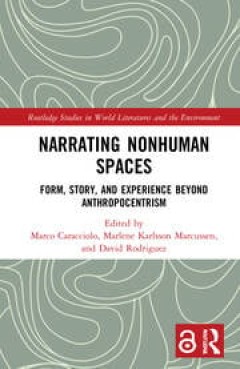
Narrating Nonhuman Spaces : Form, Story, and Experience Beyond Anthropocentrism
Recent debates about the Anthropocene have prompted a re-negotiation of the relationship between human subjectivity and nonhuman matter within a wide range of disciplines. This collection builds on the assumption that our understanding of the nonhuman world is bound up with the experience of space: thinking about and with nonhuman spaces destabilizes human-scale assumptions. Literary form affor…
- Edition
- -
- ISBN/ISSN
- 9781000441581
- Collation
- 250 halaman
- Series Title
- -
- Call Number
- 800 NAR
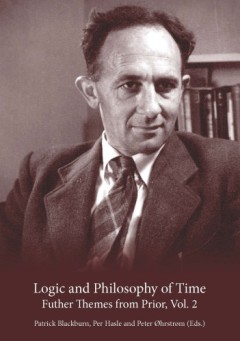
Logic and Philosophy of Time : Further Themes from Prior, Volume 2
This is a second volume of papers discussing the history of Arthur Prior’s life and work and the philosophical themes he introduced or elaborated. Many of them draw inspiration from his rich and varied contributions to logic. The second volume draws on material presented at two conferences: one held in Copenhagen from 22nd-24th November 2017, and a shorter event held at Roskilde University on…
- Edition
- -
- ISBN/ISSN
- 9788772102658
- Collation
- 230 halaman
- Series Title
- Logic and Philosophy of Time
- Call Number
- 100 LOG
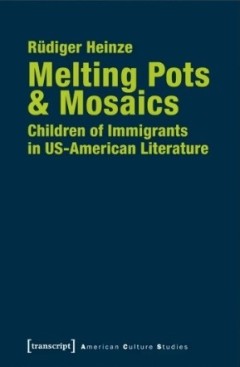
Melting Pots & Mosaics : Children of Immigrants in US-American Literature
In the past decades, children of immigrants have drawn increased attention not only in press and media, but also in a number of academic fields, among them sociology, history, or ethnology. Surprisingly, literary and cultural studies have been somewhat more reluctant to approach the topic. While there is work on individual authors or, at the very most, particular ethnic groups, comparative appr…
- Edition
- -
- ISBN/ISSN
- 9783839440452
- Collation
- -
- Series Title
- -
- Call Number
- 800 HEI m

Matthew Arnold the Ethnologist
Matthew Arnold the Ethnologist, originally published in 1951, makes the original argument that the renowned English critic Matthew Arnold contributed to the climate of racialism current during his lifetime. Frederic E. Faverty shows that in his essays on national character, Arnold used anthropological concepts of race and language, albeit inconsistently. Faverty’s critique of Arnold draws par…
- Edition
- -
- ISBN/ISSN
- 9780810138391
- Collation
- 248 halaman
- Series Title
- -
- Call Number
- 800 FAV m
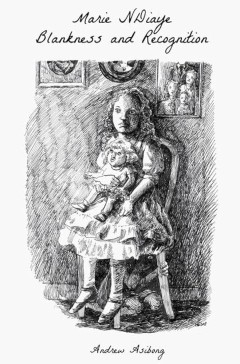
Marie NDiaye : Blankness and Recognition
This is the first critical study in English to focus exclusively on the work of Marie NDiaye, born in central France in 1967, winner of the Prix Femina (2001), the Prix Goncourt (2009), shortlisted for the Man Booker International Prize (2013), and widely considered to be one of the most important French authors of her generation. Andrew Asibong argues that at the heart of NDiaye's world lurks …
- Edition
- -
- ISBN/ISSN
- 9781846319464
- Collation
- -
- Series Title
- -
- Call Number
- 800 ASI m
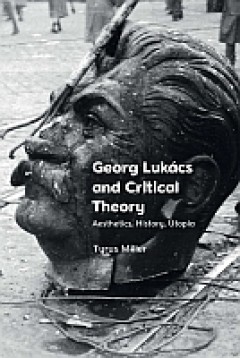
Georg Lukács and Critical Theory: Aesthetics, History, Utopia
This book examines the heritage of critical theory from the Hungarian Marxist philosopher Georg Lukács through the early Frankfurt School up to current issues of authoritarian politics and democratisation. Interweaving discussion of art and literature, utopian thought, and the dialectics of high art and mass culture, it offers unique perspectives on an interconnected group of left-wing intelle…
- Edition
- -
- ISBN/ISSN
- 9781399502443
- Collation
- -
- Series Title
- -
- Call Number
- -
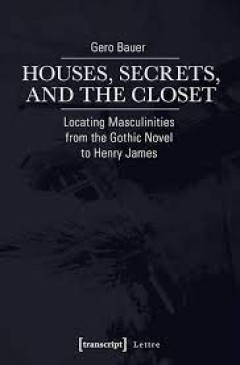
Houses, Secrets, and the Closet : Locating Masculinities from the Gothic Nove…
»Houses, Secrets, and the Closet« investigates the literary production of masculinities and their relation to secrets and sexualities in 18th and 19th century fiction. It focusses on close readings of Gothic fiction, Sensation Novels, and tales by Horace Walpole, Ann Radcliffe, William Godwin, Mary Elizabeth Braddon, Wilkie Collins, and Henry James. The study approaches these texts throug…
- Edition
- -
- ISBN/ISSN
- 9783837634686
- Collation
- 234 halaman
- Series Title
- Lettre
- Call Number
- 800 BAU h
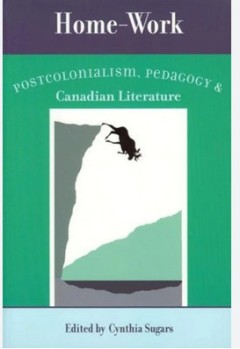
Home-Work : Postcolonialism, Pedagogy, and Canadian Literature
Canadian literature, and specifically the teaching of Canadian literature, has emerged from a colonial duty to a nationalist enterprise and into the current territory of postcolonialism. From practical discussions related to specific texts, to more theoretical discussions about pedagogical practice regarding issues of nationalism and identity, Home-Work constitutes a major investigation and rea…
- Edition
- -
- ISBN/ISSN
- 9780776605777
- Collation
- 545 halaman
- Series Title
- Reappraisals: Canadian Writers
- Call Number
- 800 HOM
 Computer Science, Information & General Works
Computer Science, Information & General Works  Philosophy & Psychology
Philosophy & Psychology  Religion
Religion  Social Sciences
Social Sciences  Language
Language  Pure Science
Pure Science  Applied Sciences
Applied Sciences  Art & Recreation
Art & Recreation  Literature
Literature  History & Geography
History & Geography